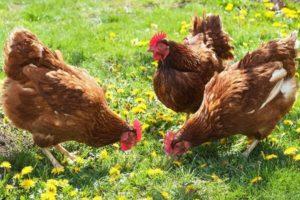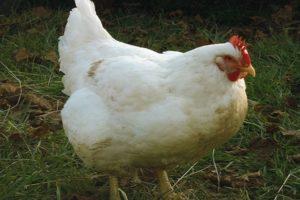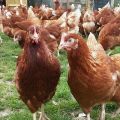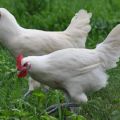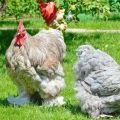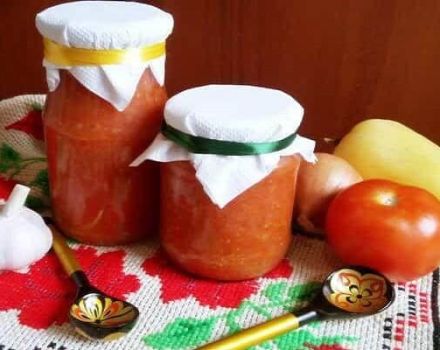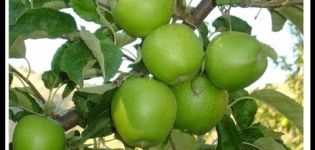Characteristics and description of the Pavlovsk chickens breed, rules of care and maintenance
If we talk about Pavlovsky chickens, first it should be noted that this is the oldest breed of birds. It should be said that they are the world standard of chicken beauty. Despite these features, until recently, the breed was considered lost. With what it was connected, what is the history of the appearance of birds, their features and much more can be found out further.
History of origin
The light saw the Pavlovsk breed of chickens in the 18th century and it happened in a village called Pavlovo, located in the Nizhny Novgorod central province. The birds are named in honor of this settlement. The species was presented to the world in 1875, in Moscow, during the Acclimatization Exhibition, after which the chickens began to participate in all subsequent exhibitions of poultry farming.
The breed received the status of the country's national breed in 1899 at a meeting of the organizing committee of the International Poultry Exhibition. At the same time, the Pavlovsk chicken was given a small description of its characteristics. The birds received their final status as a native Russian breed in 1905. Pavlovsk chickens, due to their frost resistance, were popular in many northern regions of the country.
The October Revolution of 1917 did not pass without a trace for the breed, as a result of which the chickens practically disappeared. As a result, only a few bird representatives remained. This was followed by a period when nobody remembered Pavlovsky chickens until the twentieth century.
In the eighties, the St. Petersburg Institute VNIIGZH began work on the reconstruction of the breed. However, they had a snag: how exactly the species was originally derived, no one knew. As a result, the breeders had to choose their own path.
Appearance and derived subspecies
Pavlovsk chickens are uniquely distinguished by their appearance. It is worth describing birds from the head, which is decorated with a crest: in some individuals it is spreading, in others it is compressed from the sides. The beak is straight and thin, does not have a hawk hook. The nostrils differ from other species of birds due to their size and slightly raised location.

The species lacks a large ridge, in general, it looks like an underdeveloped one. The eyes of the breed are slightly protruding, dark and small. Birds have sideburns that go down to the neck and visually form a kind of beard. On the neck there is a long and protruding plumage, due to which the nape of the birds clearly stands out.
In terms of structure, the body shape is similar to the shape of a simple laying hen, however, the Pavlovsk breed is compact. The wings fit tightly to the body and are well developed. On the legs there are an original kind of stockings, which are formed thanks to tight-fitting feathers. The tail is small, somewhat protruding.
There are a couple of subspecies of Pavlovsk birds: silver and golden.
Silver
If we talk about silvery roosters, it is worth noting that the dominant color of plumage is white.
Golden
This subspecies is distinguished by its golden brown plumage. At the end of the body, the brown color does not abruptly, but smoothly, flows into black, outlining a kind of edging that resembles the letter V running along the body of the bird.
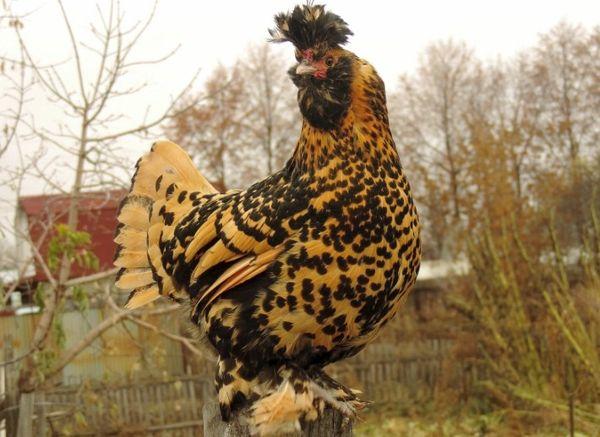
The nature of the breed
Despite the undoubtedly outstanding decorative features, Pavlovsk chickens cause controversy among poultry breeders. The birds are spectacular, interesting, but for breeding you need to carefully select the parent flock.
Chickens of this breed are active and mobile, they love to run. A distinctive feature in the behavior of birds is fussiness. In addition, chickens simply fly over certain obstacles, changing their trajectory.
Roosters stand out for their cocky disposition. Nevertheless, despite the apparent aggressiveness or belligerence, males get along with other species of birds. In relation to a person, Pavlovsk chickens are quite disposed and gullible. Make no attempt to escape and are sufficiently attached to the coop.
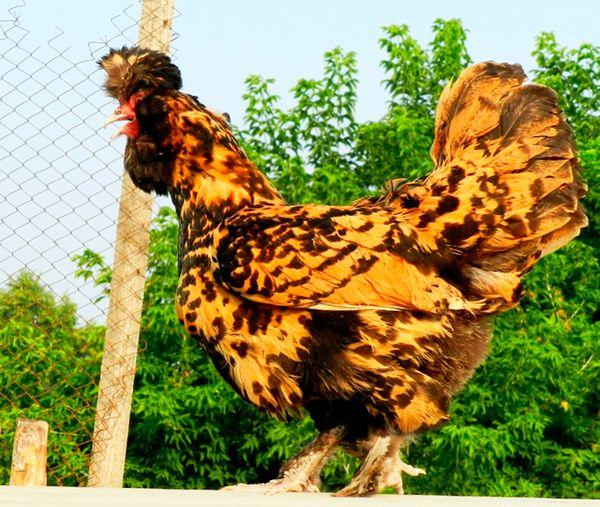
Taking into account the warlike disposition of roosters, the best option for them is to create a separate place in the hen house.
Productivity
If we talk about egg production, it is worth saying that this breed has an average one. In general, one individual brings from 280 to 300 eggs per year. If the hens are provided with a decent level of maintenance, they rush more often and more. The shell color of eggs is white or beige; weight - up to 55 grams.
The breed cannot be called large. So, roosters reach 2.5 kilograms, and chickens - 2 kilograms. To some extent, this decorative species is called early maturing.
Pavlovsk chickens are also distinguished by high hatchability. In turn, the survival rate allows increasing the size of the farm in a short time.
Advantages and disadvantages
Among the advantages of the breed, poultry farmers distinguish:
- simplicity of content;
- insignificant waste of feed;
- high survival rate of young animals;
- good taste of meat and eggs.
If we talk about the minuses, there is practically one single drawback: the danger of acquiring animals of dubious breed, and hence low productivity.
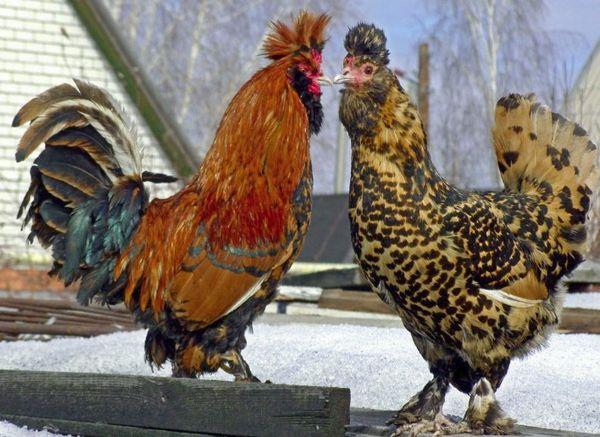
Bird keeping rules
There are a number of rules regarding the content of the breed, which we propose to talk about further.
Chicken coop, feeders and drinkers
Birds cannot be called whimsical. Due to the dense abundant plumage and increased activity, chickens are able to tolerate sub-zero temperatures in a room without heating. However, at the same time, the place where the birds are kept must be protected from drafts.
Poultry farmers recommend organizing a free, warm chicken coop for the Pavlovsk breed.
Walking yard
Birds do not respond well to cages and confined areas in general. This is due to their mobile lifestyle, so in the summer it is better not to restrict the freedom of chickens, giving them the opportunity to stay on the outdoor yard until evening.
What to feed the birds
The Pavlovsk breed stands out among other meat and egg-meat species in that it is undemanding to the diet. In particular, in summer, birds feed on worms, insects, grass. In winter, chickens consume regular food: grain, silage, bran, mineral supplements. With a competent organization of the ration, 50 grams of compound feed per day is consumed per individual.
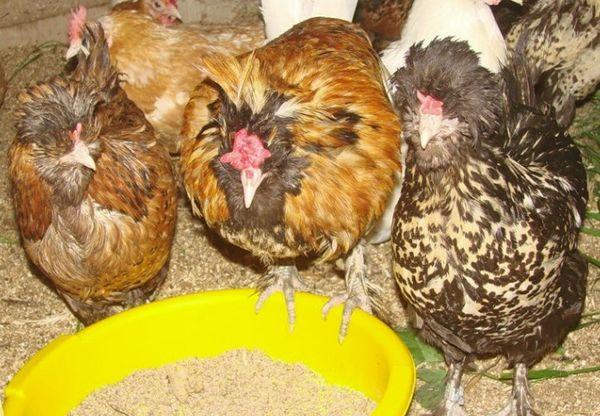
Chicks
On the first day of life, chickens are given cottage cheese and a hard egg, which are mixed with boiled cereals or corn grains. On the third day, complementary foods are introduced with nettles, boiled carrots and potatoes, clover. From the fifth day they give green tea, tops, dry mash, yeast. It is worth making sure that the goiter of the birds is full by the end of the day.
Chickens consume food on the tray. Not cold water or warm milk is added to drinkers.
If chickens do not have the opportunity to pick up pasture, the following diet is organized:
- food is given 3-4 times a day;
- in the morning, chickens are given 1/3 of grain, and after 2 hours - a wet mash;
- in the evening, give the remaining grain rate.
Adults
The daily diet of adults of the Pavlovsk breed includes grain, mineral supplements, vegetable mixtures, and animal feed. This list is required.
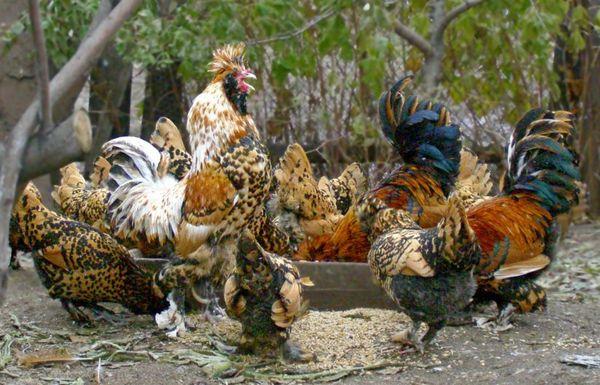
If the owner of the farm has a desire to receive eggs in order to breed young, hens are given protein feed and a complex of vitamins. In this case, protein feed is understood as meat, meat and fish meal. Herbal products include legumes, nettles, yeast, meal and cake.
Breeding features
Chickens of this breed are often bred to decorate the yard. That is, we are not talking about making a big profit from the livestock. For this reason, before purchasing a bird, it is worth finding out the features, appearance and other subtleties, in order to avoid unpleasant surprises.
Breeding the breed is not difficult, as females are excellent hens and mothers; with the advent of offspring, care for him falls only on them. All that is required from the breeder is to ensure the proper maintenance of the chickens.
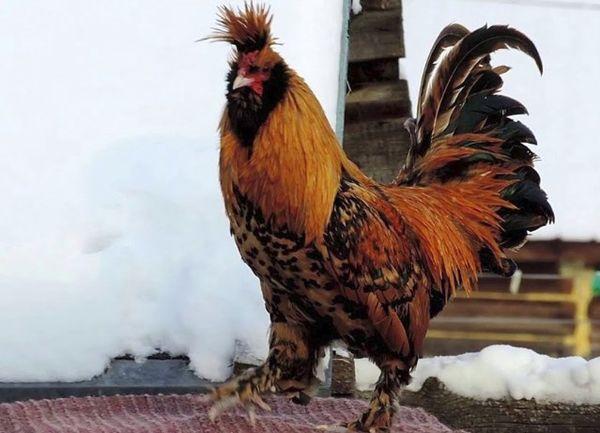
Frequent diseases and methods of dealing with them
Chickens are resistant to colds and diseases. Due to the fact that they consume a significant amount of green food in the summer, they develop strong immunity.
Farmers who have a large number of poultry on their farm vaccinate them against diseases of Gumboro, Newcastle and Marek.
How much and where to buy
Pavlovsk chickens are not an expensive breed. On average, the cost of a chicken ranges from 300 to 500 rubles. Prices for elite adults start at 500 rubles.
It is possible to acquire a species both in the markets and on farms that breed and sell poultry.
